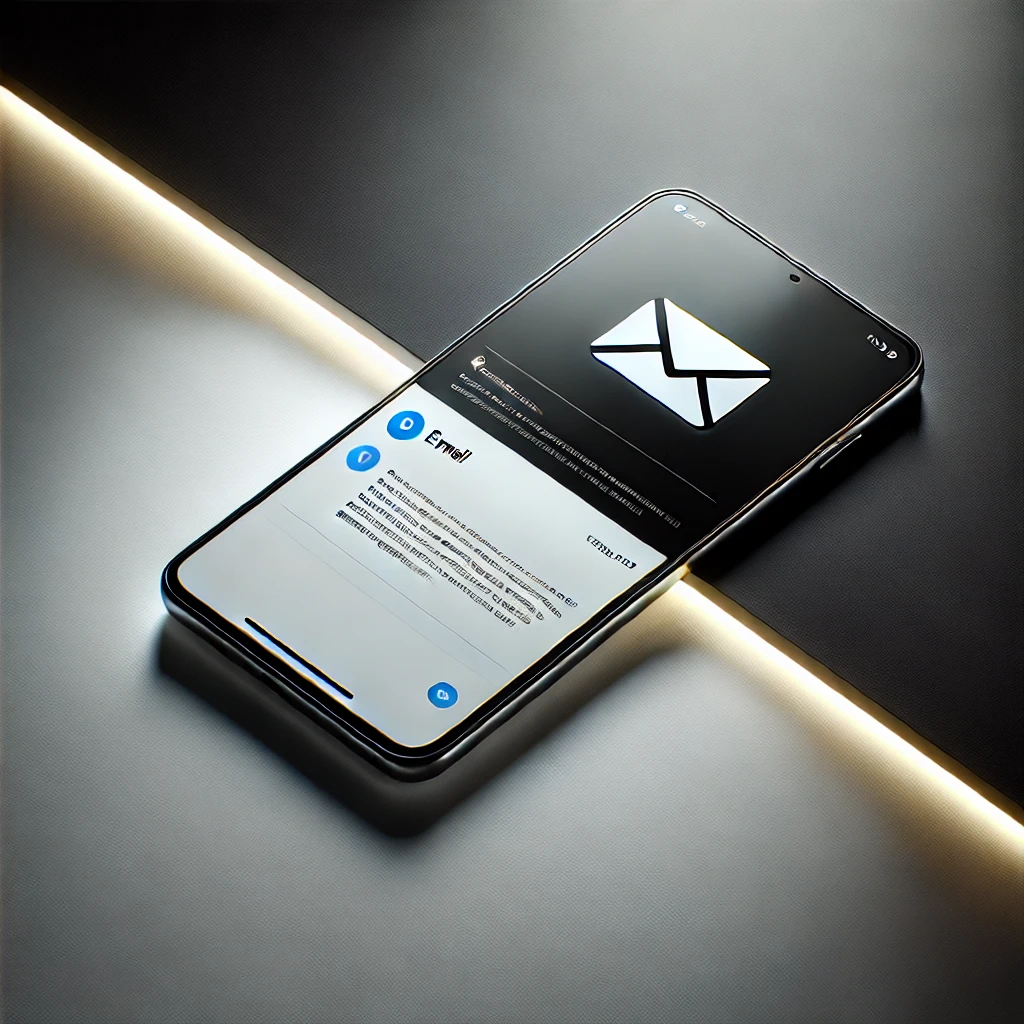Advertising is an ever-changing landscape, simply because forms of communication constantly change every generation. For example, back in the day, print media was the best way to place ads, but then this was replaced by TV commercials and product placement deals soon after.
Now, we’re deep in the 21st century, and the internet is the dominant field. As a result, advertisers turn to digital marketing, and one prominent element that you can find in this particular type of marketing is the usage of banner ads.
What Are Banner Ads?
Banner advertising, sometimes known as display advertising, is a manner of advertising that uses a rectangular graphic display that is shown at the top, bottom, or sides of a website. The primary goal of this is to promote a brand and to attract visitors and potential consumers from the host website to the website of the advertised brand.
Introduced in 1994, banner advertising is the first internet-specific form of advertising. As of right now, there are two primary kinds of banner ads, namely static and dynamic.

dynamic ads
Static Banner: Pros and Cons
As the name suggests, static ads are simply regular ads that are already pre-designed. This means that they don’t contain any additional media or moving elements. Static banners usually only contain text, an image, and a call to action.
The primary benefit of this type of banner is its universality. Advertising networks are more likely to accept static banners since they are easy to showcase on both desktop and mobile. Aside from their universality, static banners are also easy to create and easy to control.
However, the problem with static ads is that there is a lack of creativity. So, they may not seem appealing to a chunk of the audience. Moreover, there is a lack of user interaction as well. This is a big problem because ads are supposed to communicate with their audience.
As a result, with static banners, ad conversion rates may be stunted.
Dynamic Banner: Pros and Cons
The total opposite of static ads, dynamic banners — also known as dynamic rich media — are created based on user behavior. In other words, they can target cater specific content and promotions to specific users, and they are also interactive.
The best thing about dynamic ads is that their conversion rate is higher than static ads. Additionally, dynamic ads also increase visibility and brand loyalty. So, former users are inclined to come back to the website for more.
The only problem with this kind of banner is that it requires more effort and more money.
Conclusion
Currently, digital marketers have resorted to banner advertising for their campaigns. This isn’t surprising since banner ads are a great way to spread brand awareness.
That said, if you want to use banners for your marketing plan, you should first know about the two kinds of banner ads. That way, you’ll know what type of banner would work best with your marketing campaign.



